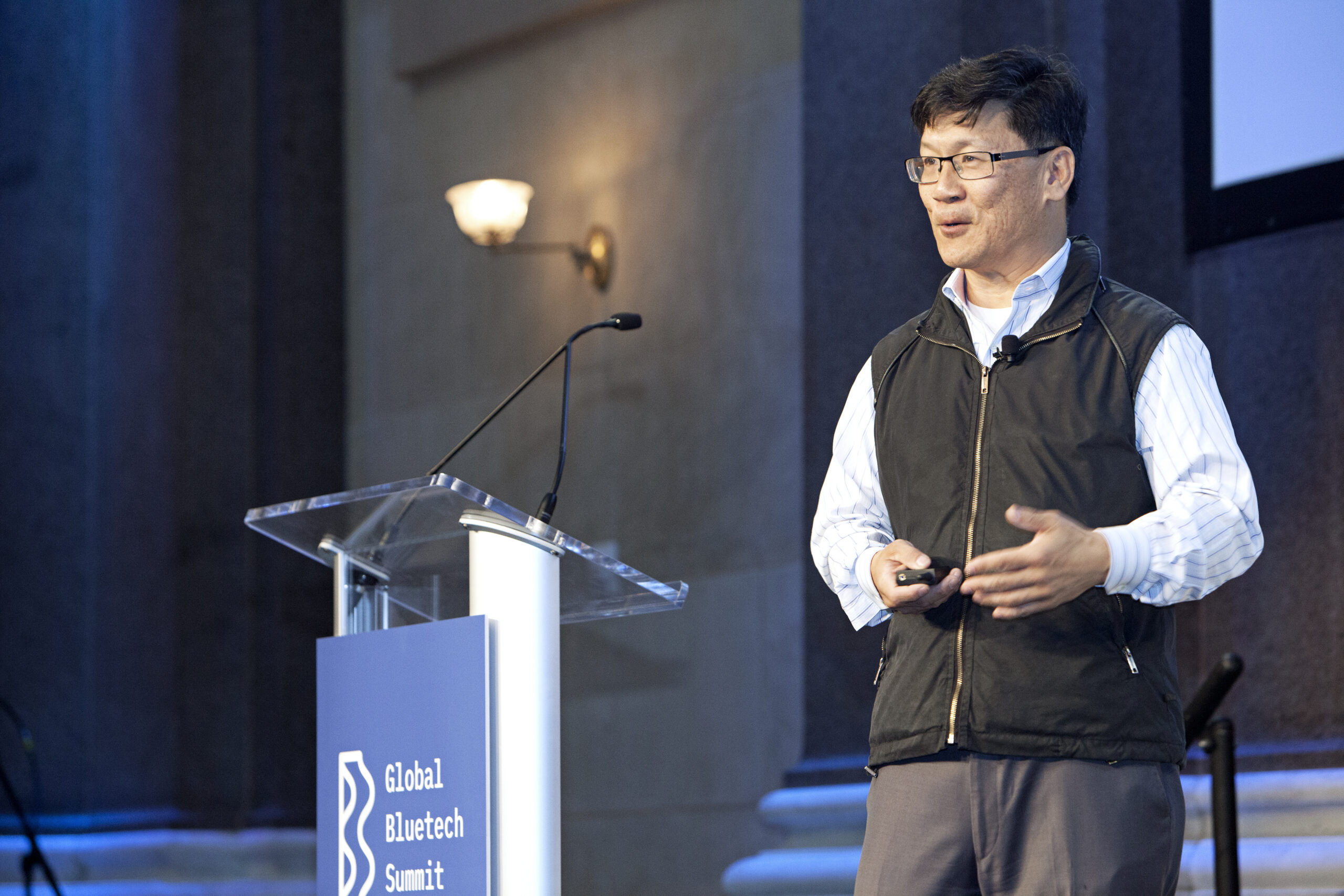
CHOW Chat: Mark Huang on Innovation for Resiliency
 The Capitol Hill Ocean Week 2025 program spotlights the next wave of transformative change across science, culture and heritage, resiliency, and innovation. Together, we will explore and connect with the pioneering individuals and initiatives that are leading the charge in protecting and transforming the future of our ocean and Great Lakes. Mark Huang is a member of the 2025 Advisory Committee, General Partner at LongLeaf Studios, Inc. and co-founder of SeaAhead, an early mover innovation platform focused on ocean sustainability. We spoke with Mark about his role on the Advisory Committee, his hopes for this year’s conference, and how innovation can lead to economic and environmental resiliency. Register today at CapitolHillOceanWeek.org!
The Capitol Hill Ocean Week 2025 program spotlights the next wave of transformative change across science, culture and heritage, resiliency, and innovation. Together, we will explore and connect with the pioneering individuals and initiatives that are leading the charge in protecting and transforming the future of our ocean and Great Lakes. Mark Huang is a member of the 2025 Advisory Committee, General Partner at LongLeaf Studios, Inc. and co-founder of SeaAhead, an early mover innovation platform focused on ocean sustainability. We spoke with Mark about his role on the Advisory Committee, his hopes for this year’s conference, and how innovation can lead to economic and environmental resiliency. Register today at CapitolHillOceanWeek.org!
What are you most looking forward to during Capitol Hill Ocean Week 2025?
I think Capitol Hill Ocean Week (CHOW) is an amazing forum for different stakeholders tied to our ocean to get together and talk about some critically important topics for our ocean and our coasts.
How have you hoped to shape this year’s Capitol Hill Ocean Week through your role on the Advisory Committee?
The angle that I’ve come from is the intersection of STEM-based entrepreneurialism and startups in our coastal economy, conservation, and resiliency. What I see from that perspective is what I was hoping to convey to the rest of the larger Advisory Committee.
Not only are you on the Advisory Committee, but you’re also a speaker on the opening plenary session “Defining Ocean Innovation Now.” Is there anything you’re particularly excited about for this session?
We’re seeing technological advances in non-marine sectors move very rapidly. Those tech sectors are not necessarily focused on coastal economies. So that is a key point of why we formed SeaAhead eight years ago, to form a bridge between technological innovation and the marine sector. AI going out to sea and advanced sensors for monitoring and reporting are the latest examples. As long as they continue technology advancements in other sectors, there’s always the question of how can that apply to our coastal economy? Not only can that make us more resilient and increase U.S. competitiveness, but it also can increase environmental resiliency. Our economic competitiveness in the U.S. is driven by our technology innovation. Full stop. And the foundation of that starts at our universities.
The theme of this year’s conference is THE NEXT WAVE. What do you hope the next wave of ocean and coastal conservation will look like? What do you hope our community will be able to accomplish?
I think two topics – one is coastal and inland resiliency from extreme weather. How do we increase our resiliency for a huge number of stakeholders? Secondly, I believe you can have your cake and eat it too – I want it all. I think we can have it all. What I mean by that is the idea of economic growth and jobs of the future for our coastal communities, as well as intersecting with resiliency. And resiliency there can have two sides – economic resiliency and environmental/coastal resiliency. Reducing the amount of impact on certain types of fishing, but yet increasing the economic empowerment of our fishing community, for example. I think you can do both.
I think everybody comes at it from their own perspective – if you take a spatial approach, but then you can hear it from other people’s perspectives. It starts with events like CHOW…If we can think from a system perspective and a spatial perspective along our coast, with multiple stakeholders, maybe we can increase both the economic and environmental resiliency for our coasts.
Every wave begins with a single drop or ripple. What starts as a small ripple can evolve into a powerful wave, capable of driving significant change, discovering new depths, sharing stories, inspiring action, and ultimately shaping the future. What is one action we can take to make ripples that will grow into waves of action?
If you talk to anybody on a coast, the ocean economy is not new. What we’re talking about is what can we do that’s creative and build off what we have. The ripple is – can we have all of it? Meaning, can we achieve long-term economic resiliency for our coastal communities, while also significantly increasing our economic resiliency – whether that be protecting biomass or the impact of extreme weather.
